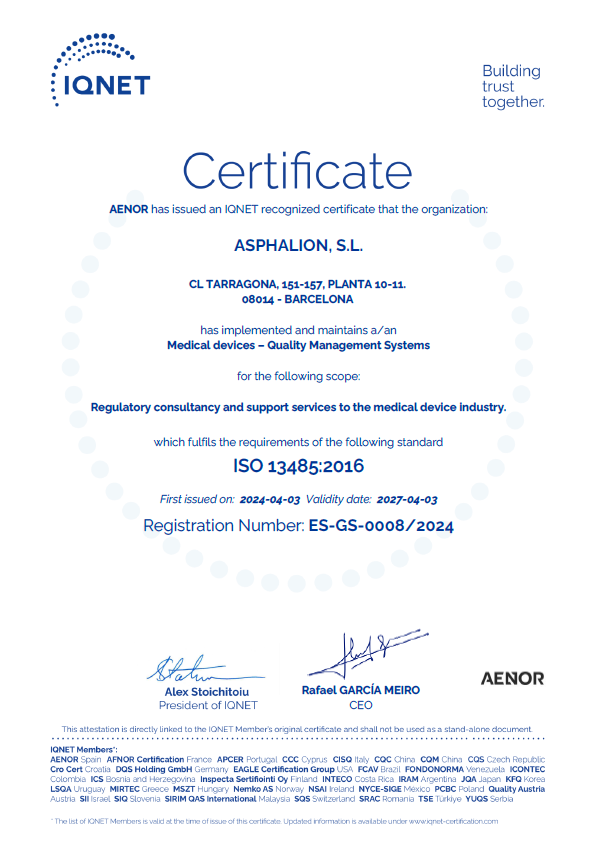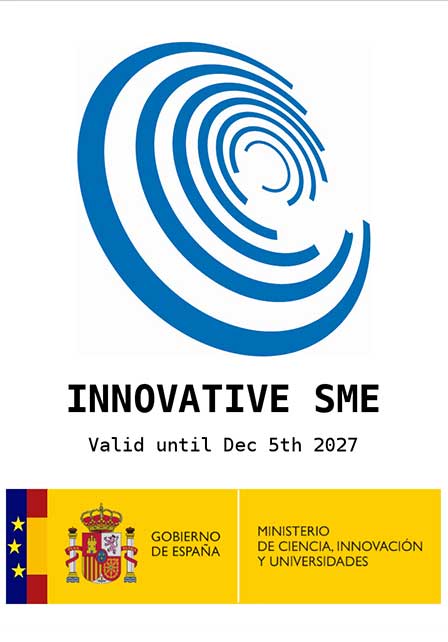Introduction
The global medical device market presents a vast canvas of opportunity for manufacturers, but navigating the complex tapestry of diverse regulatory landscapes can be a discouraging challenge.
The concept of international regulatory harmonization stands as a main factor in shaping the global healthcare landscape. This harmonization refers to the process of creating uniform standards and procedures for medical device approval, monitoring, and safety across different countries and regions. By aligning these regulations, the goal is to facilitate the availability of safe and effective medical devices worldwide while ensuring that manufacturers can navigate the regulatory landscape more efficiently.
The Current State of Regulatory Differences
Historically, medical device manufacturers have faced a myriad of regulatory frameworks, varying significantly from one country to another. This diversity in regulations often leads to increased complexity and cost in the development and distribution of medical devices. For instance, a device approved in the European Union might still face a lengthy and uncertain approval process in the United States or in emerging markets with different regulatory standards.
Efforts Towards Harmonization
Global efforts towards regulatory harmonization have been led by entities including:
- The International Medical Device Regulators Forum (IMDRF): Established in 2012 by national regulatory agencies including the US, EU, Canada, Japan, China, and others. The IMDRF spearheads the creation of harmonized guidance documents, technical standards, and regulatory practices. Their focus areas include adverse event reporting, quality management systems, and artificial intelligence-enabled devices.
- Global Harmonization Task Force (GHTF): Though no longer operational, the GHTF’s legacy lives on in many harmonized standards adopted by various countries. These standards continue to influence regulatory frameworks, paving the way for greater cohesion.
- Regional harmonization initiatives: Groups like the ASEAN Medical Device Coordinating Committee (AMDC) and the Latin American Network of Regulatory Authorities (REDLAR) play a crucial role in fostering harmonization within specific regions, facilitating cross-border trade, and improving market access.
One significant step in this direction is the Medical Device Single Audit Program (MDSAP), which allows a single regulatory audit of a medical device manufacturer’s quality management system to be recognized by multiple countries. This program significantly reduces the duplication of efforts in auditing and reviewing compliance, benefiting both manufacturers and regulatory bodies.
Impact on Manufacturers
For medical device manufacturers, international regulatory harmonization presents an opportunity to reduce the time and cost associated with bringing a product to market and holds the promise of a smoother road to global markets. Potential benefits include:
- Reduced administrative burden: Fewer duplicative filings and streamlined regulatory processes can significantly decrease the time and cost associated with market authorization.
- Increased market access: Harmonized standards pave the way for faster entry into new markets, enabling manufacturers to reach a wider patient population.
- Improved efficiency: A more predictable regulatory environment allows manufacturers to focus resources on innovation and development, bringing valuable technologies to market sooner.
Impact on Patients
From a patient perspective, harmonization holds the promise of quicker access to a wider range of safe and effective medical devices. Key improvements include:
- Faster access to innovative technologies: Reduced development and approval timelines mean patients can benefit from advanced medical devices sooner.
- Enhanced safety and quality: Harmonized standards ensure a consistent level of product safety and quality across different markets, promoting greater patient protection.
- Improved affordability: With increased market competition and streamlined processes, the cost of medical devices can potentially decrease, leading to greater patient affordability.
Challenges and Considerations
Despite the clear benefits, achieving true international regulatory harmonization is not without challenges. One major obstacle is the variation in medical practices, healthcare infrastructures, and patient populations across different regions. What is considered safe and effective in one country may not necessarily be so in another due to these variations. Rapidly evolving technologies also create a moving target for harmonization efforts, requiring constant adaptation and updates to standards.
Moreover, regulatory bodies must balance the need for harmonization with the necessity of answering to local healthcare needs and contexts. There is also the concern of maintaining sovereignty over domestic healthcare policies, which can sometimes conflict with the adoption of international standards.
Balancing the interests of manufacturers, regulators, and healthcare providers is crucial for the successful implementation of harmonized measures.
Looking Ahead
The journey towards fully harmonized global medical device regulations is ongoing, but the benefits for manufacturers and patients are undeniable. To move forward, continuous collaboration and dialogue among international regulatory bodies, manufacturers, healthcare professionals, and patient groups are essential to overcoming existing challenges and accelerating the pace of harmonization. By working together, these stakeholders can develop a regulatory framework that respects local needs while aligning with global standards, which has the potential to revolutionize healthcare on a global scale.
Additionally, there is a growing need for capacity building in emerging markets, where regulatory systems may not be as developed. Supporting these regions through training, resources, and partnerships can help to raise the global standard of medical device regulation and ensure that all patients, regardless of where they live, have access to safe and effective medical devices.
Later-stage harmonization efforts may focus on streamlining post-market activities like vigilance reporting and inspections.
Further Insights to Consider:
- Expand on specific examples of successful harmonization efforts and their impact.
- Discuss the role of emerging technologies like artificial intelligence in shaping future harmonization efforts.
- Explore the ethical considerations surrounding patient safety and data privacy in a harmonized regulatory environment.
- Provide concrete recommendations for stakeholders involved in the harmonization process.
Conclusion
The pursuit of regulatory harmonization in the international medical device sector is a key move toward establishing a more cohesive global healthcare system. Although there are ongoing challenges, the combined efforts of regulatory authorities, device manufacturers, and various stakeholders are laying the groundwork for a future where medical devices are universally accessible, secure, and efficient for patients around the world. Embracing this harmonization is beneficial not just for the industry and its patients but also for cultivating a worldwide community dedicated to improving healthcare outcomes.






















